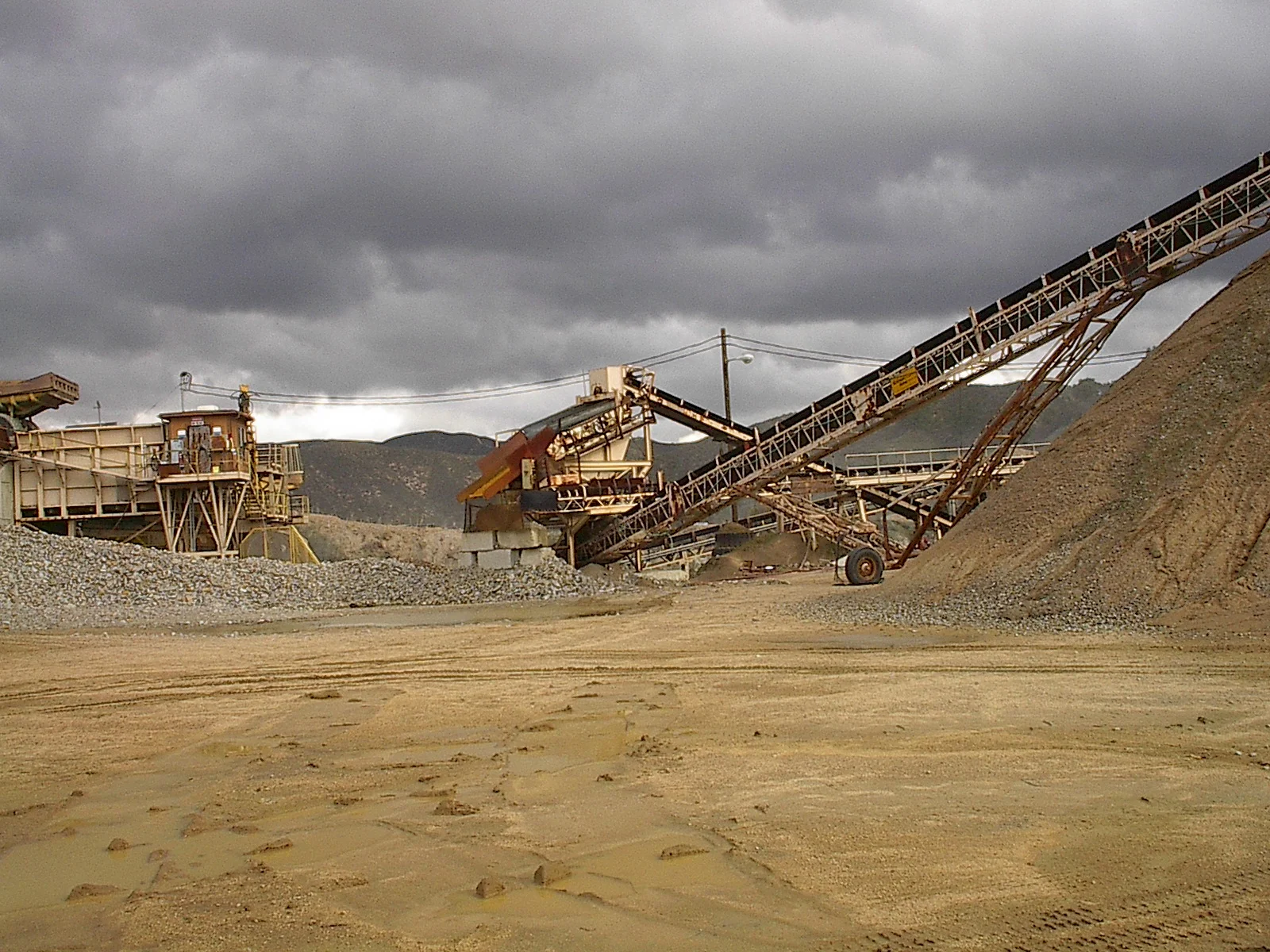Senate Bill 743 requires CEQA traffic impacts to be measured by Vehicle Miles Traveled (VMT) instead of the traditional Level of Service (LOS) method. The objective of the legislation is to assist in reducing greenhouse gas (GHG) emissions. July 1, 2020, marks the deadline for statewide implementation of the new metric and lead agencies are required to adopt guidelines for conducting transportation impact analysis by this date. To assist with developing the guidelines, the Office of Planning and Research (OPR) published a Technical Advisory in December 2018[1]. The advisory predominantly focuses on residential and commercial office/retail developments and recommends a 15% VMT reduction from regional average VMT per capita for residential projects and regional average VMT per employee for commercial projects. Anything less than this level of reduction may result in a significant impact. However, OPR guidance does not address how to analyze VMT for industrial projects like construction aggregate quarries. To overcome this gap in the guidance, this article provides an example of an approach that has been accepted by a lead agency within California.
This particular lead agency has a total of 3 proposed construction aggregate projects at various stages in the entitlement process and all are required to address VMT. With the OPR Technical Advisory silent on how to evaluate VMT for an industrial project like a quarry, the lead agency initially suggested using a screening threshold of VMT per employee, which applies more to office or commercial development projects. Recognizing that applying a metric for offices did not fit a land-use type like a quarry, EnviroMINE, with the assistance of traffic experts from Linscott, Law and Greenspan Engineers and legal experts from Sheppard Mullin Richter & Hampton developed a methodology for evaluating VMT impacts that would address unique land uses.
The approach utilized the combination of retail and other project types described in OPR’s Technical Advisory. For instance, the advisory suggests analyzing the total change in VMT because a new retail project usually re-routes travel from other retail destinations. Further, a retail project would lead to decreases in VMT because new retail development typically redistributes shopping trips rather than creating new trips. This is also true for quarries. Permitting a new quarry does not create demand for construction aggregate, it responds to existing demand. Therefore, a new quarry that is closer to the source of demand would redistribute existing traffic patterns from quarries; some located at greater distances to the markets they serve. Additionally, the OPR advisory encourages lead agencies to account for the full trip even if it extends into another City or County. In other words, the lead agency needs to estimate the full extent of vehicle travel from a project and should use project-specific information, such as market studies or economic impacts analyses to support the conclusion relating to the change in total VMT. This is advantageous to the construction aggregates industry where material shortages have required importing material from sources located in neighboring counties and often countries.
Our proposed approach included the net distribution of construction aggregate throughout the region with and without the project. Upon receiving our team’s proposed approach, the lead agency agreed that a change in total VMT was a more appropriate method to use for quarries. They emphasized that providing a construction aggregate market study with compelling and convincing data was key to the analysis. The study needed to clearly and defensibly provide an explanation of how the proposed project would provide materials similar to those provided from existing sources. For instance, one of the proposed projects is a sand operation. Within the region there is substantial evidence of a significant shortage of permitted sites that supply this material from within the lead agency’s land-use jurisdiction. As a result, resources from neighboring jurisdictions are relied upon to supply the material to satisfy demand. The approach for measuring the change in net VMT had to answer the following questions: How much is imported, how much is coming from existing sources, and how will the proposed project change the distance the material is transported?
Within this same lead agency there is also a proposed rock quarry in the permitting process. With several other permitted rock quarries within the lead agency’s jurisdiction, estimating the total VMT became less obvious. Using established assumptions for estimating construction aggregate demand, combined with the knowledge of construction aggregate distribution economics, a compelling argument for addressing total VMT reductions was developed.
In both cases the proposed strategy was able to estimate more than a 50% decrease in total VMT, which confirms a significant reduction in GHG by permitting local sources. Overall, working with the lead agency to evaluate the change in total VMT was essential in telling the story that Distance Does Matter when permitting construction aggregate resources.
As each jurisdiction develops its guidelines for the evaluation of VMT for quarry projects, it will be important to be proactive in creating a methodology that will work for the construction aggregates industry. Public agencies have always had broad discretion to set project-specific thresholds based on unique circumstances. The CEQA Guidelines on VMT reinforce that the state is giving lead agencies the discretion in the analysis of VMT impacts. The approach used in the example presented in this article included substantial evidence to evaluate the net annual VMT reduction by permitting a source closer to demand. This same approach could be used in all areas of the state.
How is your lead agency determining VMT thresholds for quarry projects? EnviroMINE, Inc. will be hosting a free Panel Discussion on Zoom May 15th from 10 – 11 a.m. to offer guidance in the preparation of VMT analysis for the construction aggregates industry. The Panel Discussion will consist of EnviroMINE, traffic experts from Linscott, Law and Greenspan Engineers as well as legal experts from Sheppard Mullin Richter & Hampton. To register, please click here or contact Crystal@enviromineinc.com
[1] http://opr.ca.gov/docs/20190122-743_Technical_Advisory.pdf



